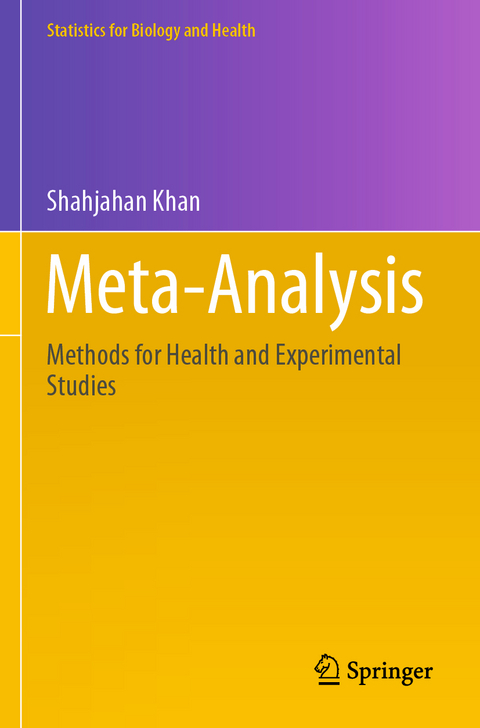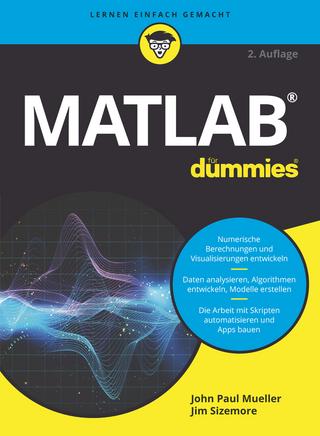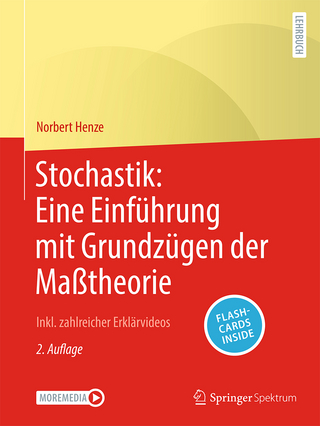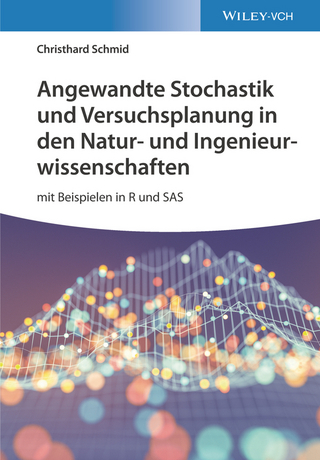
Meta-Analysis
Springer Verlag, Singapore
978-981-15-5034-8 (ISBN)
All popularly used meta-analytic methods and models – such as the fixed effect model, random effects model, inverse variance heterogeneity model, and quality effect model – are used to find the confidence interval for the effect size measure of independent primary studies and the pooled study. In addition to the commonly used meta-analytic methods for various effect size measures, the book includes special topics such as meta-regression, dose-response meta-analysis, and publication bias.
The main attraction for readers is the book’s simplicity and straightforwardness in conducting actual meta-analysis using MetaXL. Researchers would easily find everything on meta-analysis of any particular effect size in one specific chapter once they could determine the underlying effect measure. Readers will be able to see the results under different models and also will be able to select the correct model to obtain accurate results.
Shahjahan Khan is a Professor of Statistics in School of Sciences, Faculty of Health, Engineering and Sciences at the University of Southern Queensland, Toowoomba, Australia. He received his BSc (Hon) and MSc Degreesin Statistics from Jahangirnagar University, Bangladesh, and MSc and PhD Degrees in Mathematical Statistics from the University of Western Ontario, Canada. His research interest includes evidence-based decision, development of meta-analytical methods and applications in health sciences, predictive inference, shrinkage and preliminary test estimation and test for linear models with non-sample prior information. He is an elected Expatriate Fellow of Bangladesh Academy of Sciences and a recipient of prestigious Q M Hossain Gold Medal of Bangladesh Statistical Association, and ISESCO and ISOSS Gold Medals. He started his teaching career at the University of Dhaka, Bangladesh and worked in ten different countries in Australia, Europe, North America, Middle East and South East Asia.
Chapter 1. Introduction to meta-analysis.- Chapter 2. Ratio measures.- Chapter 3. One proportion.- Chapter 4. Risk difference (Two proportions).- Chapter 5. Weighted mean difference.- Chapter 6. Standardized mean difference.- Chapter 7. Correlation coefficient.- Chapter 8. Meta-regression.- Chapter 9. Network meta-analysis.- Chapter 10. Publication bias.
“The book will be a perfect guide to the interested undergraduate student with an aptitude for learning about evidence-based approach. Because each chapter offers application-based exercises with real data, there is no doubt that the book will capture interest of its readers from different fields and will provide hands-on experience with meta-analysis.” (Tugba Akkaya-Hocagil, Biometrics, Vol. 78 (1), March, 2022)
| Erscheinungsdatum | 08.11.2021 |
|---|---|
| Reihe/Serie | Statistics for Biology and Health |
| Zusatzinfo | 66 Illustrations, color; 13 Illustrations, black and white; XIV, 293 p. 79 illus., 66 illus. in color. |
| Verlagsort | Singapore |
| Sprache | englisch |
| Maße | 155 x 235 mm |
| Themenwelt | Mathematik / Informatik ► Mathematik ► Wahrscheinlichkeit / Kombinatorik |
| Medizin / Pharmazie | |
| Naturwissenschaften ► Biologie | |
| Sozialwissenschaften ► Pädagogik | |
| Sozialwissenschaften ► Soziologie | |
| Schlagworte | Confidence interval • Effect Size Measures • Evidence-Based Decision-Making • Fixed Effect Model • Heterogeneous Effect Sizes • Inverse Variance Heterogeneity Model • Inverse Variance Weighting • Medical Meta-Analysis • Meta-analysis • MetaXL • Pooling of Effects • Publication Bias • p-value • Quality Effect Model • Random Effects Model • Randomized Control Trials • Statistical Meta-Analysis • Systematic Review |
| ISBN-10 | 981-15-5034-4 / 9811550344 |
| ISBN-13 | 978-981-15-5034-8 / 9789811550348 |
| Zustand | Neuware |
| Informationen gemäß Produktsicherheitsverordnung (GPSR) | |
| Haben Sie eine Frage zum Produkt? |
aus dem Bereich


